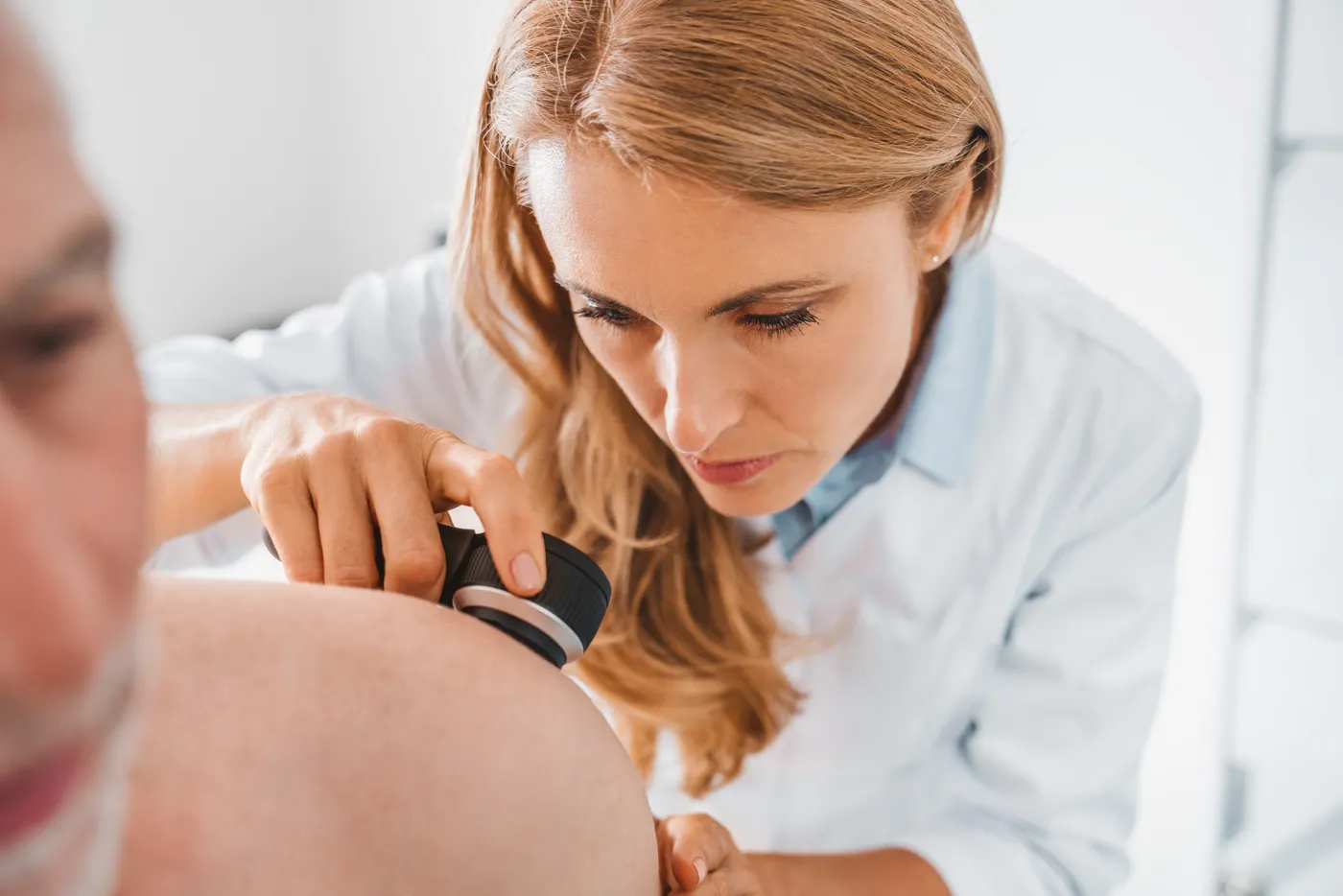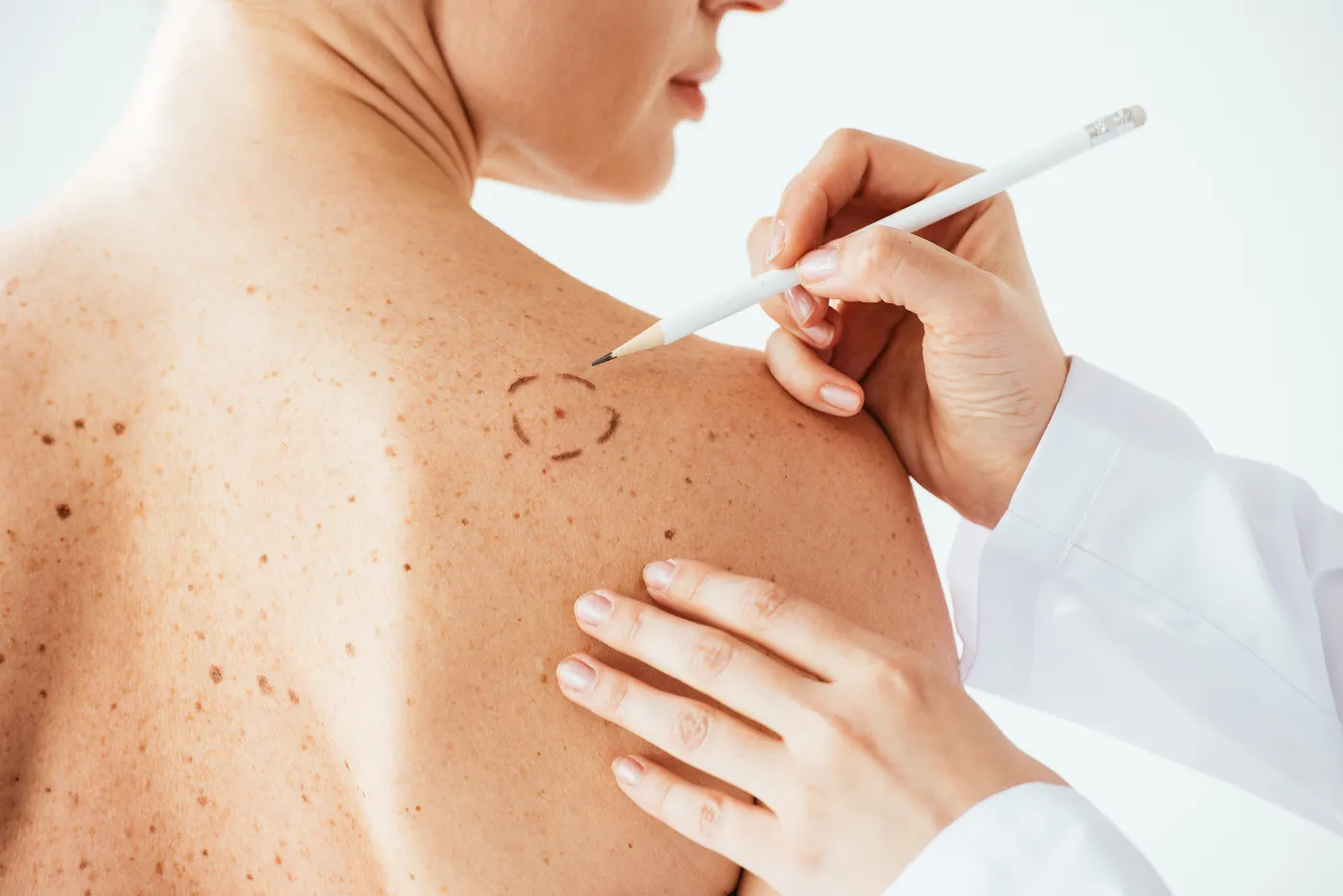Mole Removal 101: How to Know When It’s Time to See a Dermatologist
Moles are a common part of our skin, appearing as small, pigmented spots that most people develop over time. While the majority of moles are harmless, some changes—such as shifts in size, color, or texture—can indicate a need for professional evaluation. Knowing when to monitor a mole and when to seek a dermatologist’s advice is key to maintaining skin health.
In this guide, we’ll walk you through the signs that a mole may need removal, the difference between cosmetic and medical mole removal, and what to expect if you decide to have a mole checked by a dermatologist.
What Are Moles and Why Do They Appear?
Moles are small clusters of pigmented skin cells that develop on the skin’s surface. They can vary in color, shape, and size—ranging from light brown to dark black, flat or raised, and smooth or rough in texture. While some moles are present at birth, most develop over time due to a combination of genetic and environmental factors.
Below are a few factors that contribute to mole formation:
- Genetics: Moles often run in families, meaning if your relatives have many moles, you may too.
- Sun Exposure: UV radiation can trigger the development of new moles and darken existing ones.
- Hormonal Changes: Periods of hormonal fluctuation—such as puberty, pregnancy, or menopause—can cause moles to appear or change in appearance.
While most moles remain stable throughout life, it’s important to monitor any new or changing moles. Sudden changes in size, color, or shape may signal the need for a professional evaluation to ensure your skin stays healthy.
Signs That a Mole May Need Removal
Most moles are harmless, but certain changes can indicate a need for professional evaluation. One of the easiest ways to assess whether a mole may require removal is by using the ABCDE Rule:
- Asymmetry – One half of the mole doesn’t match the other.
- Border – The edges are irregular, ragged, or blurred.
- Color – The mole has multiple colors or uneven shading.
- Diameter – Larger than 6mm (about the size of a pencil eraser).
- Evolving – Any noticeable change in size, shape, color, or texture.
Beyond the ABCDE Rule, other signs may indicate that a mole should be evaluated by a dermatologist:
- Itching, bleeding, or crusting – A mole that becomes irritated, scabs over, or bleeds without injury should be checked.
- Rapid growth or sudden changes – A mole that appears quickly or starts changing rapidly is a red flag.
- Problematic location – Moles in areas prone to constant friction or irritation, such as under bra straps, waistbands, or on the scalp, may be candidates for removal, even if they are benign.
If you notice any of these signs, it’s best to schedule an appointment with a dermatologist. Early evaluation can help determine whether removal is necessary for health, comfort, or peace of mind.
What to Expect During a Mole Removal Procedure
If a dermatologist determines that a mole should be removed—whether for medical or cosmetic reasons—the procedure is typically quick, minimally invasive, and performed in-office.
Depending on the mole’s size, depth, and location, a dermatologist may recommend one of the following removal methods:
- Shave Excision – A thin blade is used to carefully shave the mole off at the skin’s surface. This method is commonly used for small, raised moles and requires little to no downtime.
- Surgical Excision – The entire mole is cut out along with a small margin of surrounding skin, then stitched closed. This method is typically used for deeper moles or those requiring biopsy.
- Laser Removal – For certain cosmetic cases, a laser can be used to break down pigment and remove the mole without cutting the skin. However, this option is not suitable for moles that may be cancerous.
Is Mole Removal Painful?
Most mole removal procedures are done with local anesthesia, meaning you won’t feel pain during the process. Afterward, mild discomfort, redness, or swelling is common but usually resolves within a few days.
Will It Leave a Scar?
Any skin procedure carries a small risk of scarring, but dermatologists take careful steps to minimize scarring. Proper aftercare—like keeping the area clean, avoiding sun exposure, and following your provider’s instructions—can help promote smooth healing.
How Long Is the Recovery?
Downtime is minimal, and most people can return to normal activities the same day. Stitches (if used) are usually removed within one to two weeks, and the area will continue to heal over the next few weeks.
If you’re considering mole removal, a consultation with Pure Dermatology can help determine the best approach for your needs.
When to Schedule a Dermatology Appointment
Regular skin checks are an essential part of maintaining skin health, especially for individuals with a history of significant sun exposure or a family history of skin cancer. While most moles are harmless, it’s always best to have a professional evaluate any mole that looks unusual or has changed over time.
Early detection is key—catching potential concerns sooner rather than later can make a significant difference in treatment outcomes. Even if a mole turns out to be benign, having a dermatologist assess it can provide peace of mind and ensure that your skin remains healthy.
If you’ve noticed a mole that looks different or is causing discomfort, don’t ignore it—staying proactive with skin health is always the best approach.
Do You Have a Mole That Needs to Be Checked?
As we covered in the article, most moles are harmless, but some may need professional evaluation—especially if they change in size, shape, or color or start causing discomfort. By following the ABCDE rule and staying proactive with skin checks, you can help protect your skin and catch any potential concerns early.
If you have a mole that looks different or is causing irritation, it’s best to have it checked by a dermatologist. Schedule a consultation today to get expert guidance from Dr. Hill and the team at Pure Dermatology.


